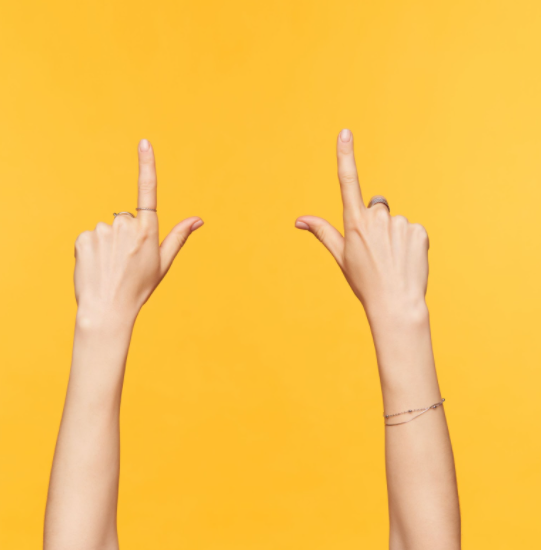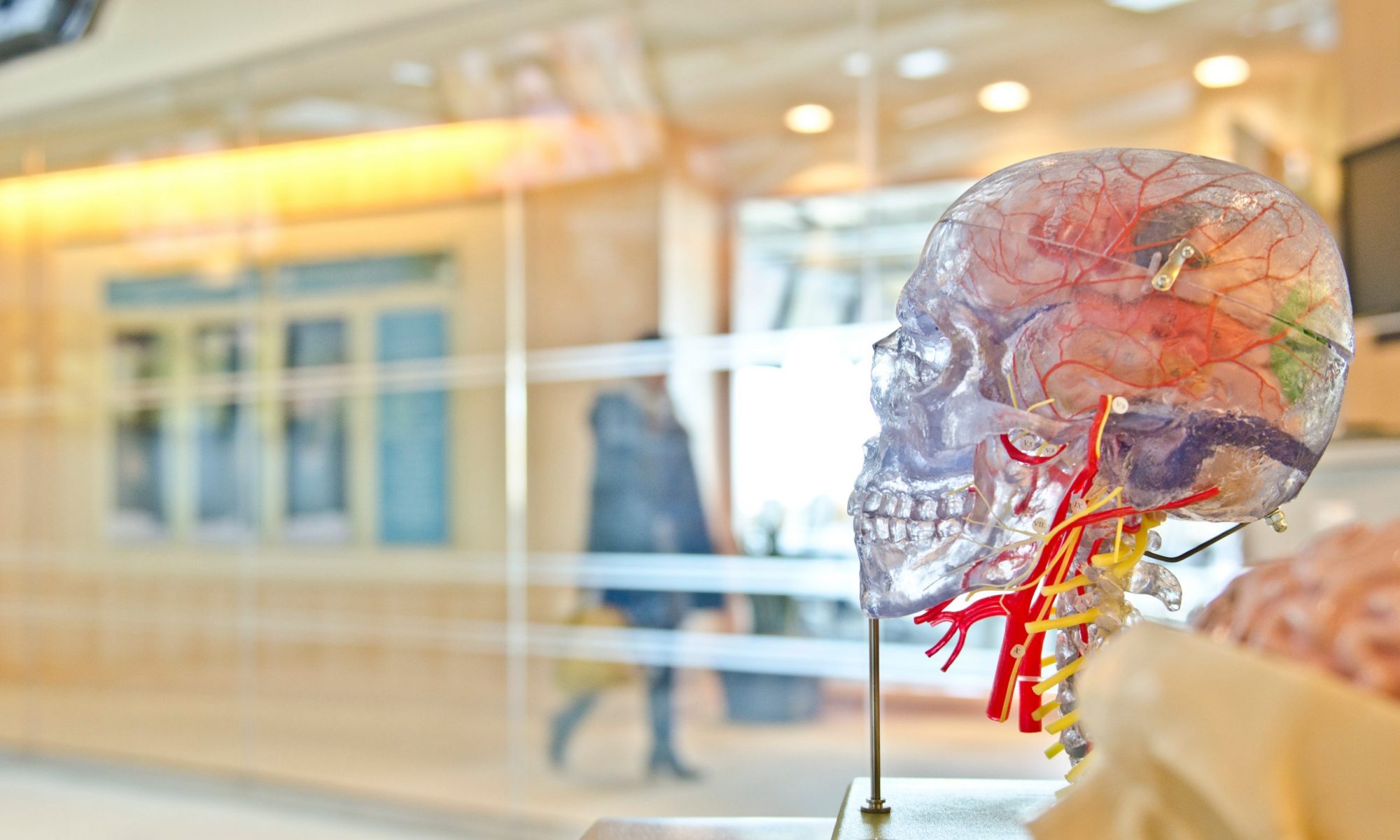
Links between Speech/Sign and Locomotion
Project Overview
Do the same biomechanical constraints that determine speech sounds also determine the movements used in signed languages? How do human walking patterns relate to the types of movements that surface in speech and sign? This project investigates the possibility that otherwise unexplained universal aspects of speech and sign languages can be understood as resulting from biomechanical constraints, such as a preference for repeated alternating arm movements that are triggered by neural structures (central pattern generators) leftover from humans’ quadrupedal ancestry. Overall, this area of study seeks to further our understanding of how the body influences the types of language patterns we see emerge in speech and signed languages.
Publications / Conferences
Papers
Derrick, D., & Gick, B. (2021). Gait change in tongue movement. Scientific Reports, 11(1), 1-14.
Tkachman, O., Purnomo, G., & Gick, B. (2021). Repetition preferences in two-handed balanced signs: Vestigial locomotor central pattern generators shape sign language phonetics and phonology. Frontiers in Communication, 5 https://doi.org/10.3389/fcomm.2020.612973
Tkachman, O., Purnomo, G., & Gick, B. (2018). Cyclic movement primitives underlying two-handed alternating signs in signed language. The Journal of the Acoustical Society of America, 144(3), 1838-1839. https://doi.org/10.1121/1.5068104
